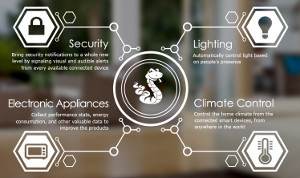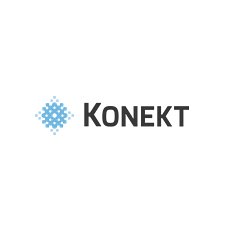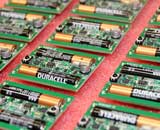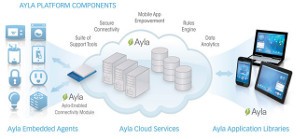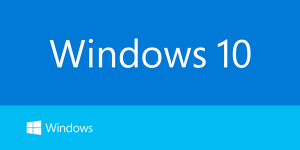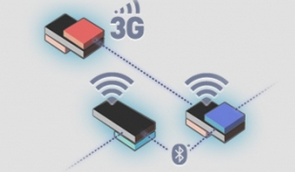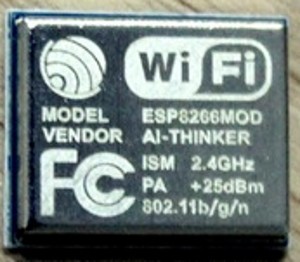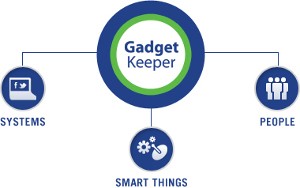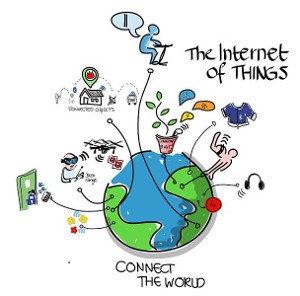Industrial behemoth General Electric have now entered the Industrial Internet arena with their new “Predix” product – a new software platform and ecosystem aimed at a wide spectrum of machine-to-machine applications and “Industrial Internet” applications.
Predix is aimed at making it easy to connect machines to the Industrial Internet, to embed analytics into machines, making them somewhat intelligent and self-aware, and to retrofit and upgrade machine software without mechanical modifications though a platform which essentially provides the equivalent of cloud computing for the Industrial Internet.
One of the main goals of Predix is to offer connectivity to industrial assets of any vintage, from any vendor, to the cloud and to each other – meaning that your industrial applications can benefit from the asset performance management and operations optimisation that Predix makes possible, whether or not the other equipment and systems you use are GE products.
Predix enables industrial-scale analytics for asset and operations optimisation by providing a standard way to connect machines, data and people. Predix can be used as a platform to build apps for any industry or sector – by customers, OEMs, or developers, with the goal of efficiency improvement across a range of industries from automotive to building management to agriculture.
Furthermore Predix aims to connect people with intelligent machines and advanced analytics, giving you new levels of actionable insight, helping you optimise system operations and respond to situations as they arise. As part of this goal, the system helps you gain actionable insights from massive volumes of machine data flowing in rapidly, and to manage all assets from individual parts on the factory floor up to entire “smart factories”.
Operators can orchestrate analytics processing in real time across distributed machines and data, and get industrial-grade control and insight with modern consumer-style sleek user experiences across different platforms including mobile devices.
Predix can operate as a cloud-agnostic platform that can run on local servers, in your data centres, or in public clouds – with support for a scalable big-data computing fabric including the Apache Hadoop open-source framework for reliable, scalable, distributed computing, as well as support for historians and graphs.
You can control data across machines, networks and clouds in a resilient and secure way, with high availability for mission-critical applications, and you can control access to assets while enhancing communications between machines, networks and systems.
GE believes that industrial customers want predictability about performance and better asset management, and this is what the Predix platform helps to deliver. Over the coming year, GE aims to include connected sensors and Big Data capabilities in almost all of the company’s new products.
Development is still ongoing, as GE has also announced partnerships with AT&T, Intel and Cisco for the development of the Predix platform. Existing examples of products from GE that incorporate this technology include control of a jet engine aimed at maximising fuel efficiency while monitoring greenhouse gas emissions – which is predicted to save an airline $90 million over five years. A similar product, which optimises the efficiency of a gas turbine for power generation, is expected to save an energy utility $28 million per annum, while also reducing greenhouse gas emissions.
Applications can be built for any system or machine – from jet engines to MRI scanners – and be remotely managed while connected to the Internet. So far there are four components to the platform, for the sensors themselves, analytics, management of the connected devices, and a user interaction component called Predix Experience.
In 2016, GE plans to offer a developer program that lets third parties integrate Predix platform technologies into their own services. Under their part in the new Predix partnership, AT&T will develop device and sensor connectivity via cellular, PSTN and Wi-Fi connectivity. GE says its partnership with Intel will embed virtualisation and cloud-based, standardised interfaces within the Predix platform.
The Predix platform aims to eventually bring all of GE’s industrial machines together into one contextually aware, cloud-connected system. By connecting machines to the network and the cloud, Predix aims to enable workers all around the world to track, monitor and help maintain industrial machinery remotely through highly secure machine-to-machine communications.
Bringing together all machines, from wind turbines to medical imagers to jet engines, into a single, unified but contextually aware platform for all their operation and maintenance aims to deliver significant efficiency gains and reductions in downtime for GE and their customers.
The Predix platform is scalable, supporting high-volume analytics, industrial data and operational management, across individual machines and entire networks, on-premise, in the cloud, or in a hybrid environment. The platform is adaptive, allowing applications to be customised and extended across industries and their assets, data sources and devices, both mobile and fixed.
The development environment also enables the creation of new apps that can leverage mobile use requirements in an OS- and hardware-neutral fashion. The promise of Predix goes beyond cohesiveness and convenience. The real vision is to link all these diverse machines to the cloud, quantifying their performance and benchmarking them against each other – all in the name of improving efficiency and reducing unscheduled downtime.
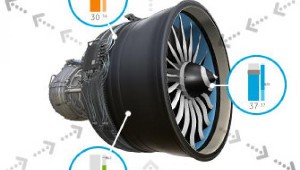
The idea for the platform goes far beyond giving engineers a touchscreen manual for repairs. It’s really about creating a resource that knows exactly what needs to be done to optimise any machine at any moment, with a contextual understanding of that device.
Eventually, Predix will make sure everything’s on the same page, from the machine in question to the enterprise software in the cloud down to the tablet or other device carried by the maintenance engineer in the field.
And this is the benefit of the Industrial Internet – to give operators knowledge and control over their devices to maximise operational efficiency, minimise downtime and costs – in order to maximise profit. And no matter whether you’re looking to optimise a few local sensors or monitor devices from around the globe – here at the LX Group we have the team, experience and technology to bring your ideas to life.
Getting started is easy – join us for an obligation-free and confidential discussion about your ideas and how we can help bring them to life – click here to contact us, or telephone 1800 810 124.
LX is an award-winning electronics design company based in Sydney, Australia. LX services include full turnkey design, electronics, hardware, software and firmware design. LX specialises in embedded systems and wireless technologies design.
Published by LX Pty Ltd for itself and the LX Group of companies, including LX Design House, LX Solutions and LX Consulting, LX Innovations.

